| Armoury Studios | ||||||||
| Introduction | ||||||||||||||||||
I discovered, by covering the erase head with Scotch tape, I could record a second and third track of audio without erasing the first one (although the quality diminished exponentially with each pass). Later I added a tiny "Radio Shack" toggle switch to disable the erase head. I was obssessed with recording, and I dreamt of one day owning a real studio. Over the years I've had a series of basement set-ups, with a long list of recorders, mixers and miscellaneous gear that came and went: Philips, TEAC, Revox, Ampex, Neve, Sound Workshop, Urei, Pultec, Neumann. By the summer of 1989 my home studio was stretched to the limit. I had a Studer 24-track analog tape machine, an SSL E-Series console, and rack-upon-rack of "outboard gear": compressors, limiters, reverbs and effects units.
I looked for a building to rent, but as soon as I said "recording studio" the answer was "sorry, no vacancy". I thought about buying a building, but I couldn't find anything suitable. So I purchased a vacant lot, hired an architect, and began the design and construction of Armoury Studios, literally "from the ground up". For a hundred years Vancouver's architecture rivalled many of the world's great cities. Sadly, since the 1970's a succession of visionless city councils have allowed significant buildings to be demolished by greedy developers and wealthy immigrants, without regard for the city's history or heritage. When I built The Armoury I hoped to reverse that trend. I wanted to build something that looked liked it had been there since the 1920's. The construction was managed by Dick Reid's "Kindred Developments". The studio's technical and acoustical elements were designed by Ron Vermeulen (aka "Ron Obvious"). Ron told me about a building he'd seen ... it was a new building, constructed in an old style. I did a bit of research and discovered it had been designed by Howard Airey, a brilliant young architect with an affinity for "heritage" buildings. I booked a meeting with Howard to discuss my project. Less than twenty-four hours later he presented me with a conceptual drawing. I loved what he proposed, and with very few changes, that's what we built. |
||||||||||||||||||
| Exterior | ||||||||||||||||||
| 1. |  |
|||||||||||||||||
| 2. | 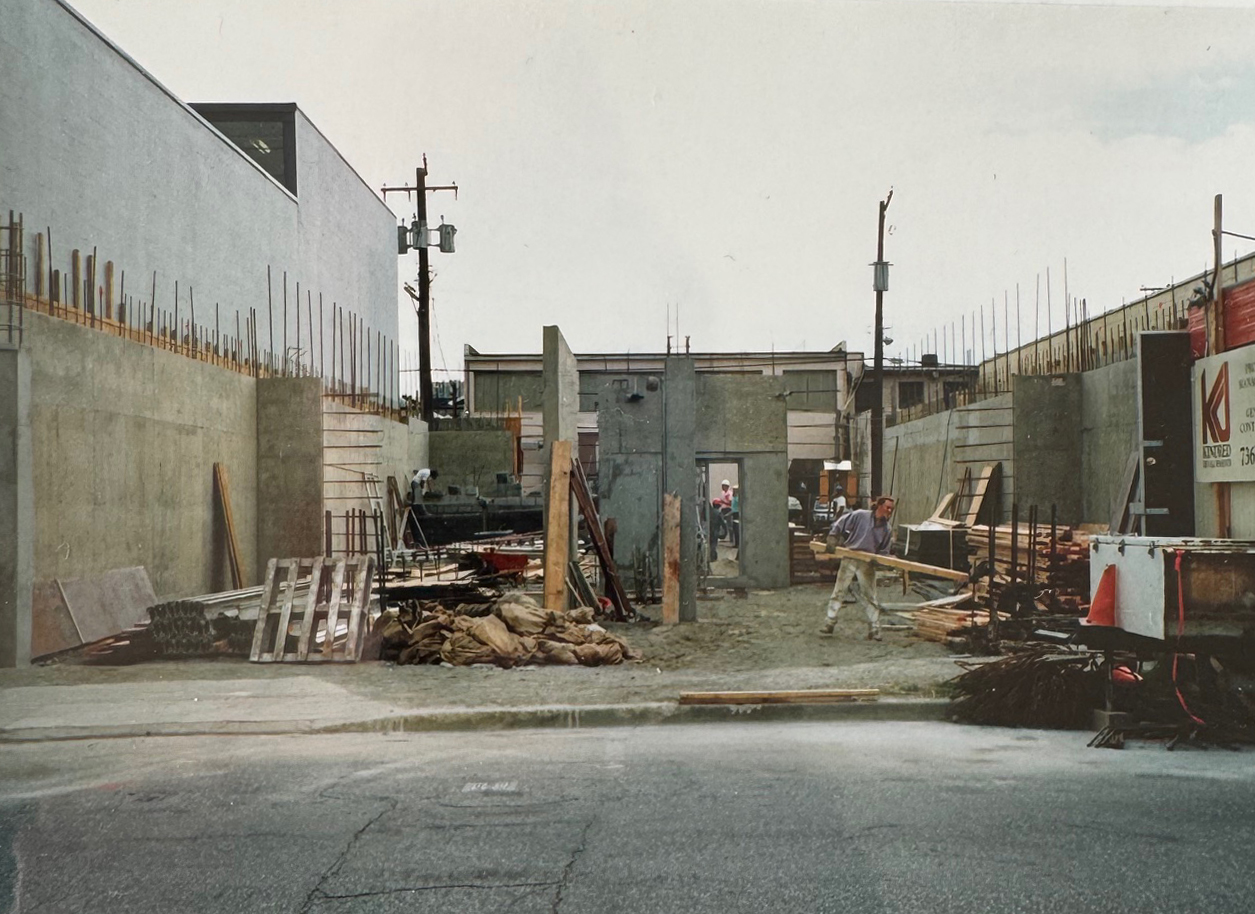 |
|||||||||||||||||
| 3. |  |
|||||||||||||||||
| 4. |  |
|||||||||||||||||
| 5. |  |
|||||||||||||||||
| 6. |  |
|||||||||||||||||
| Control Room (seen from the Recording Room) | ||||||||||||||||||
| 1. |  |
|||||||||||||||||
| 2. |  |
|||||||||||||||||
| 3. |  |
|||||||||||||||||
| 4. |  |
|||||||||||||||||
| 5. |  |
|||||||||||||||||
| Control Room (seen from the Recording Room) | ||||||||||||||||||
| 1. | 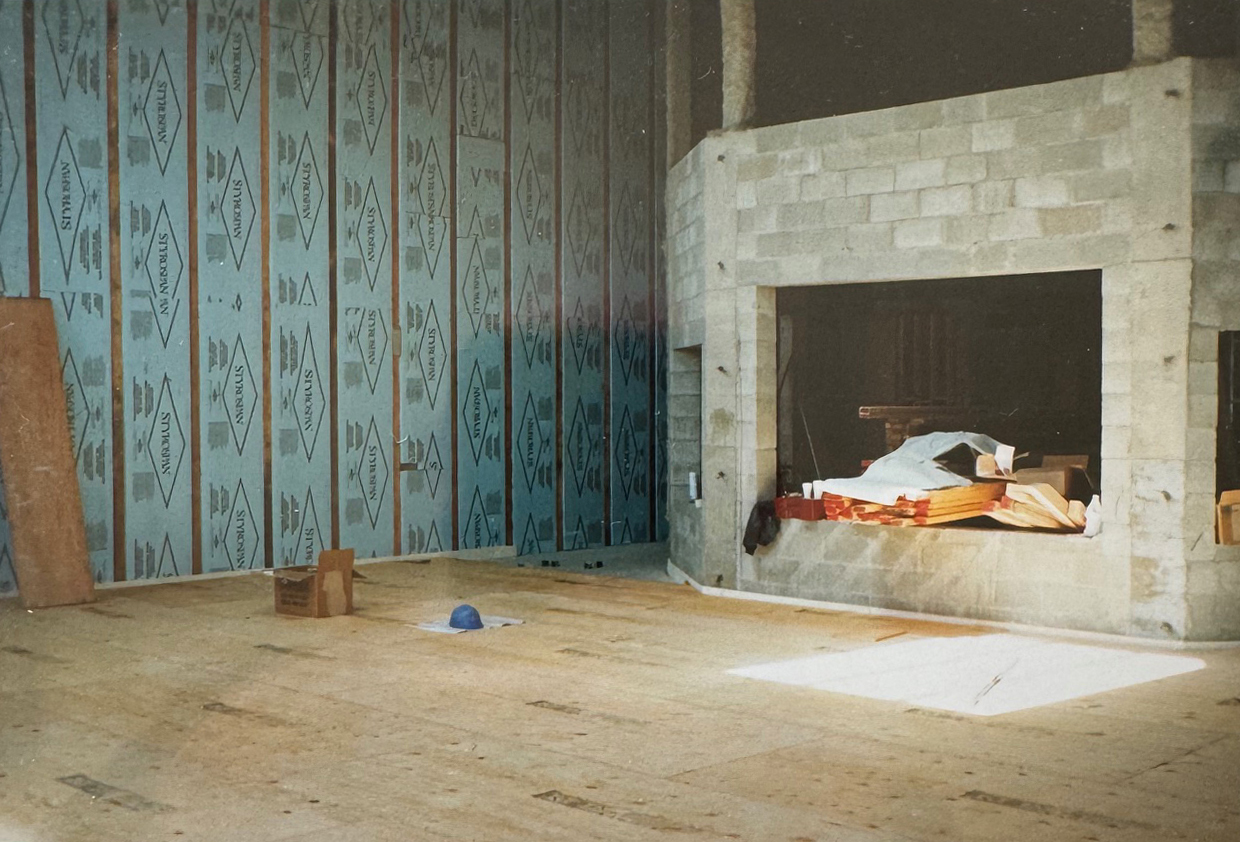 |
|||||||||||||||||
| 2. | 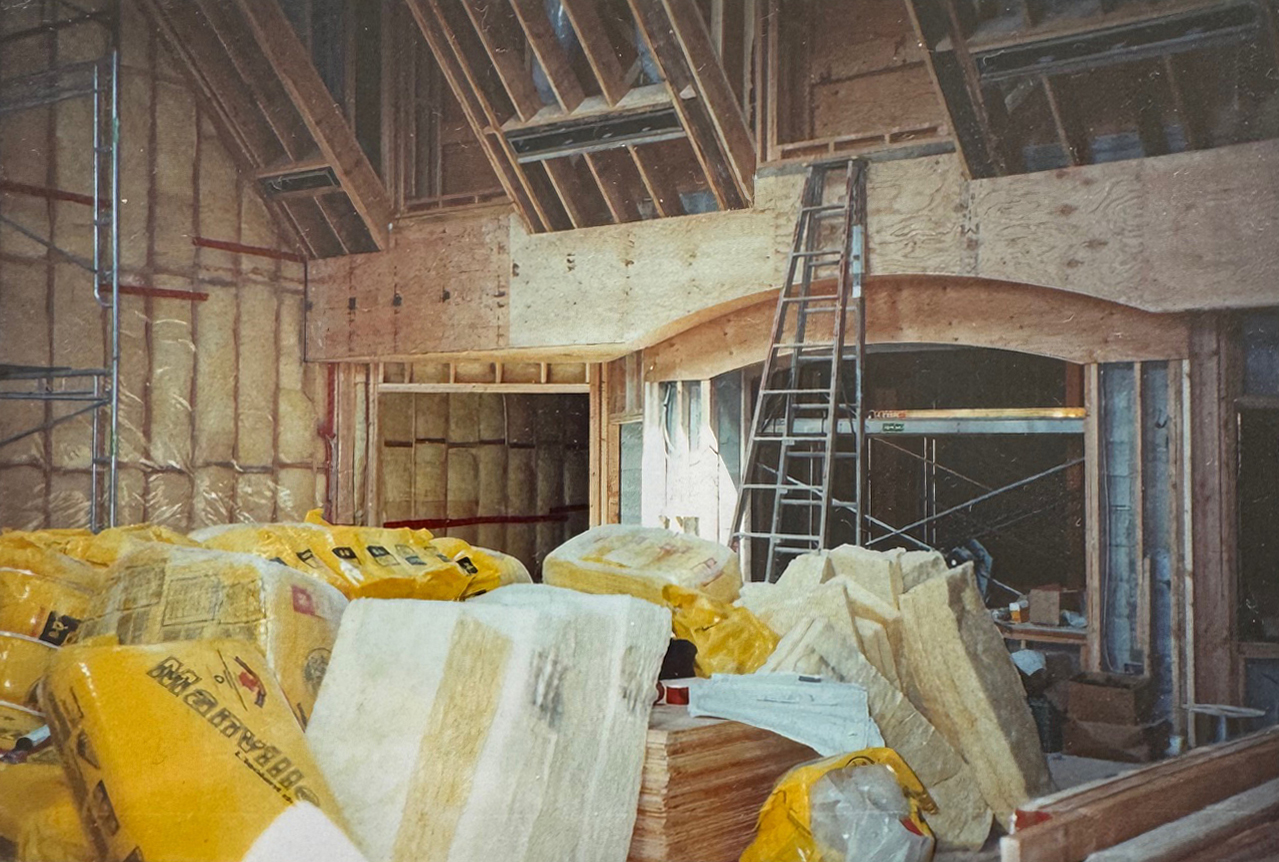 |
|||||||||||||||||
| 3. | 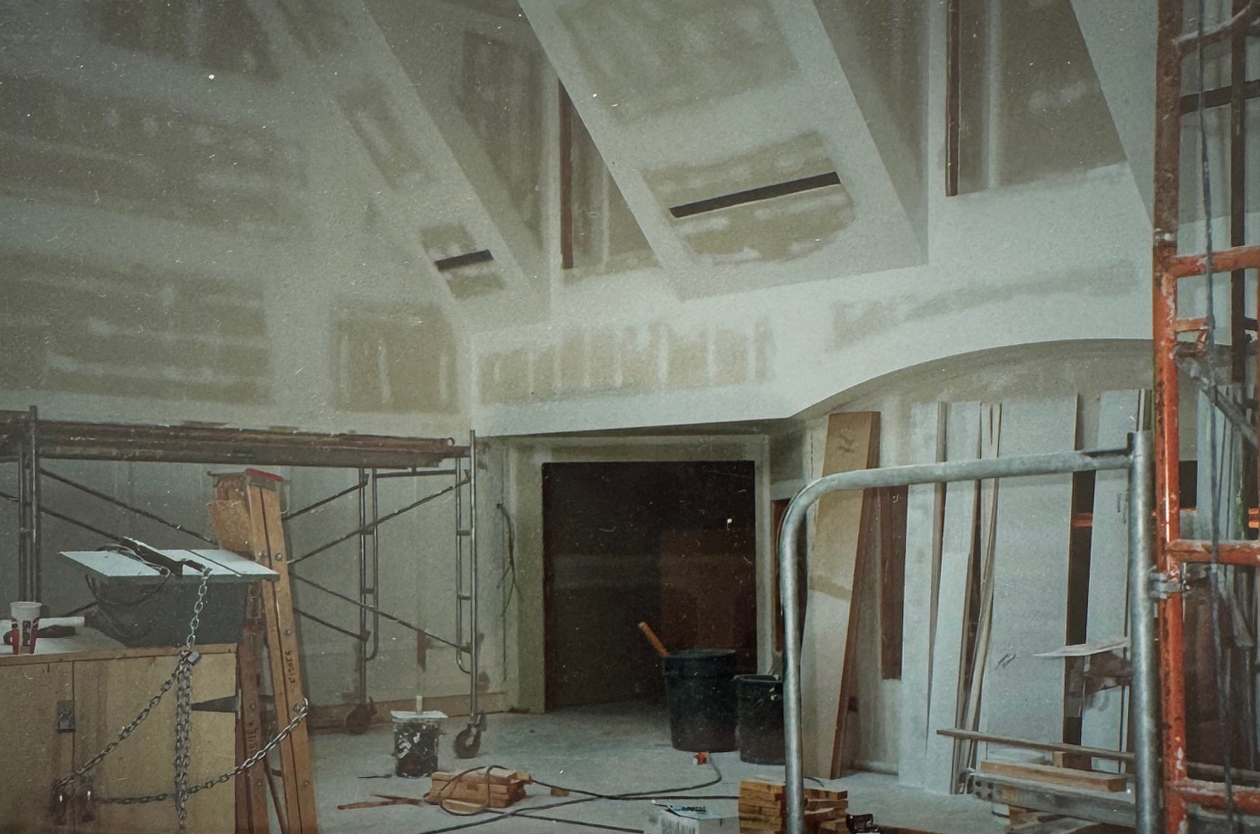 |
|||||||||||||||||
| 4. | 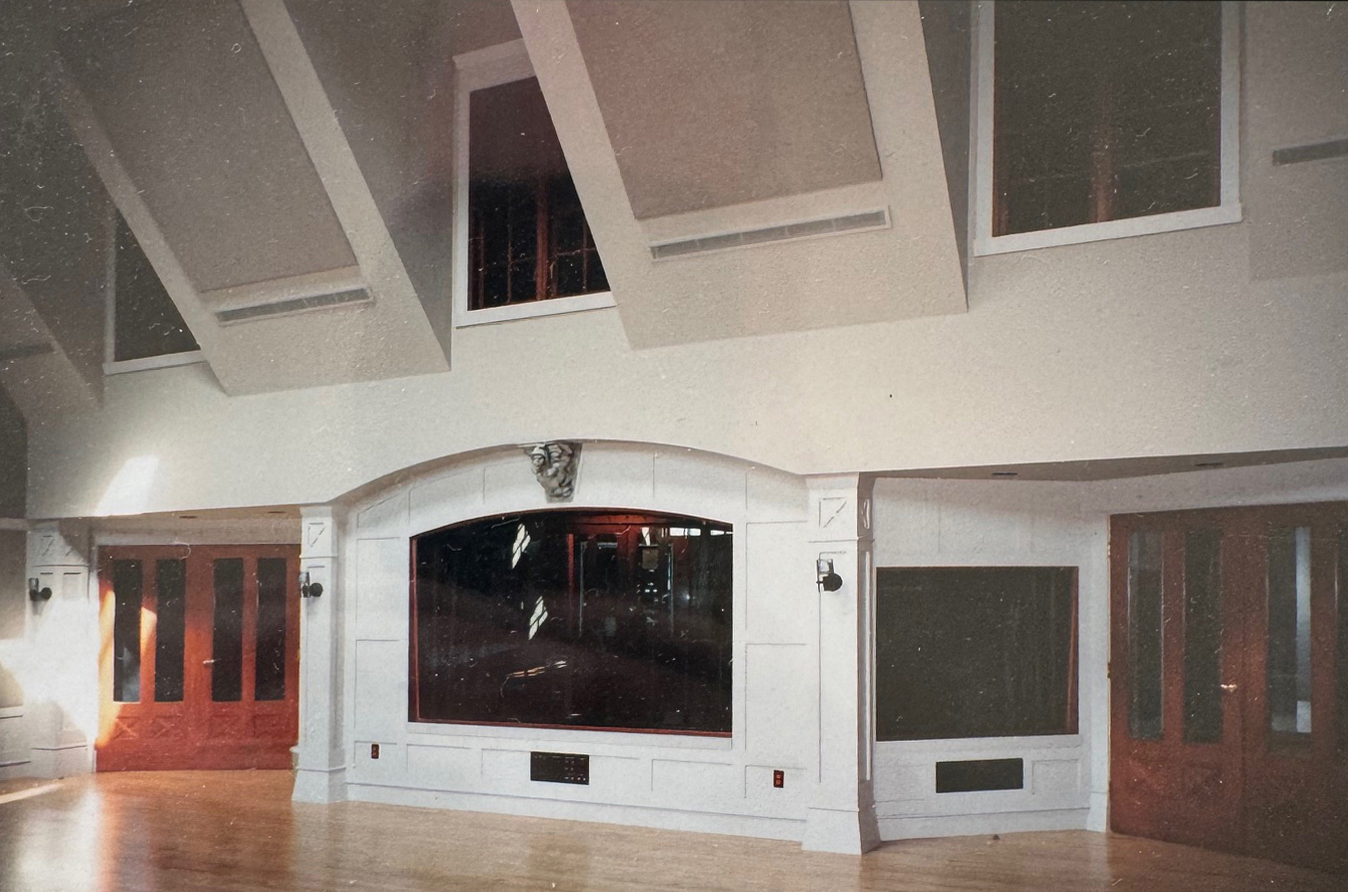 |
|||||||||||||||||
| Control Room (interior, looking out to the Recording Room) | ||||||||||||||||||
| 1. | 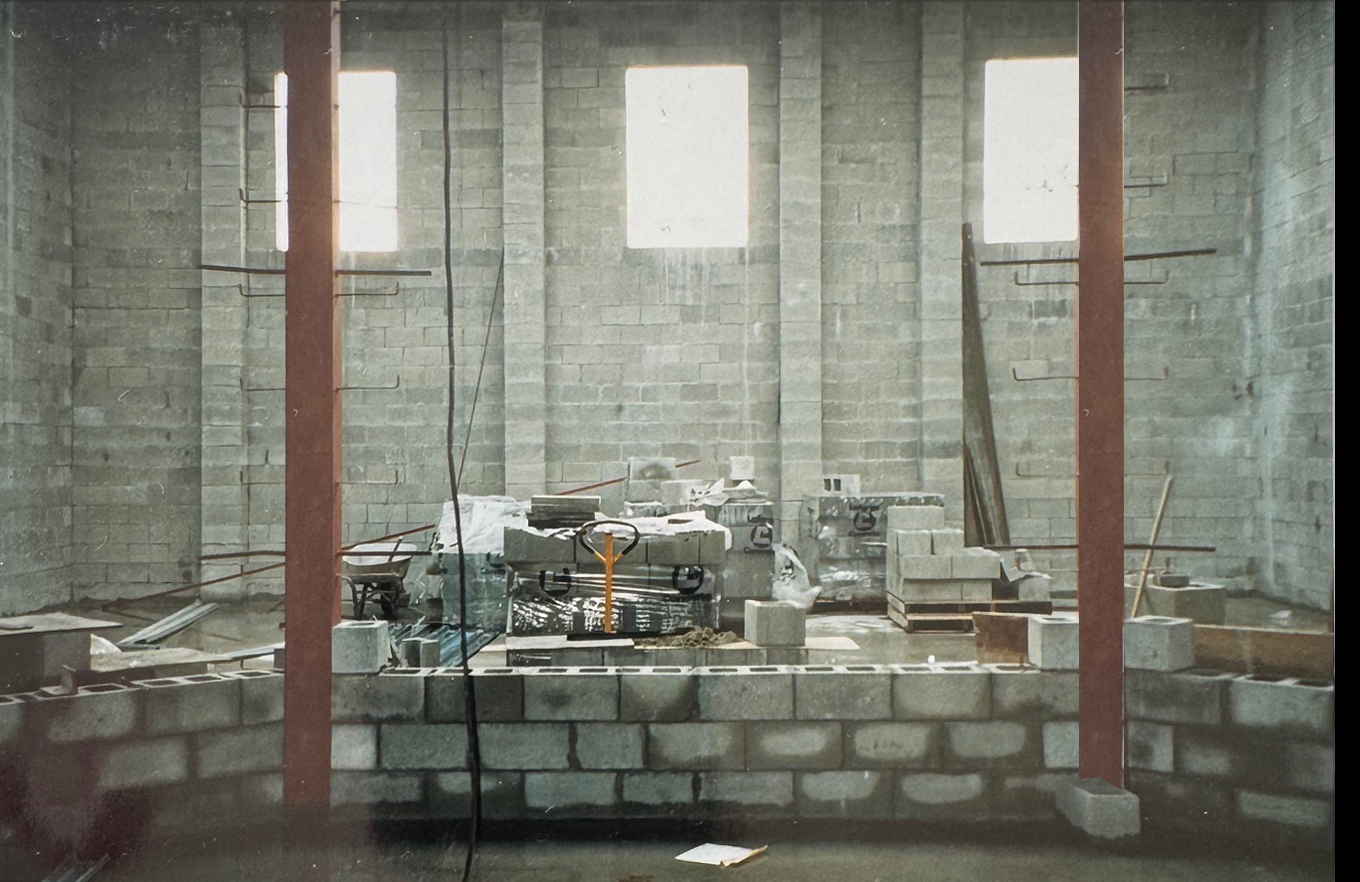 |
|||||||||||||||||
| 2. | 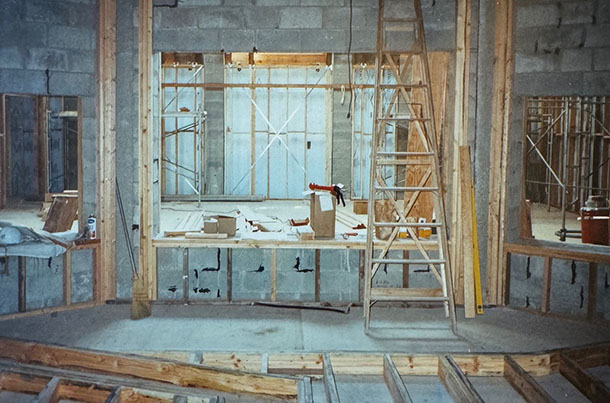 |
|||||||||||||||||
| 3. |  |
|||||||||||||||||
| 4. |  |
|||||||||||||||||
| 5. | 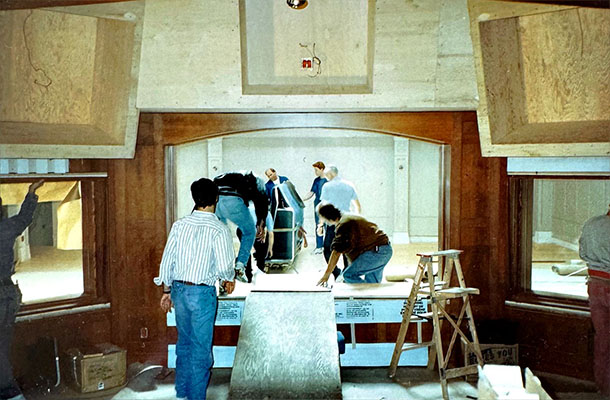 |
|||||||||||||||||
| 6. | 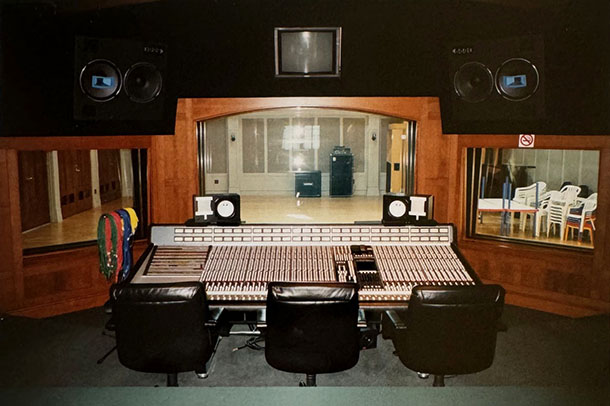 |
|||||||||||||||||
| 7. | 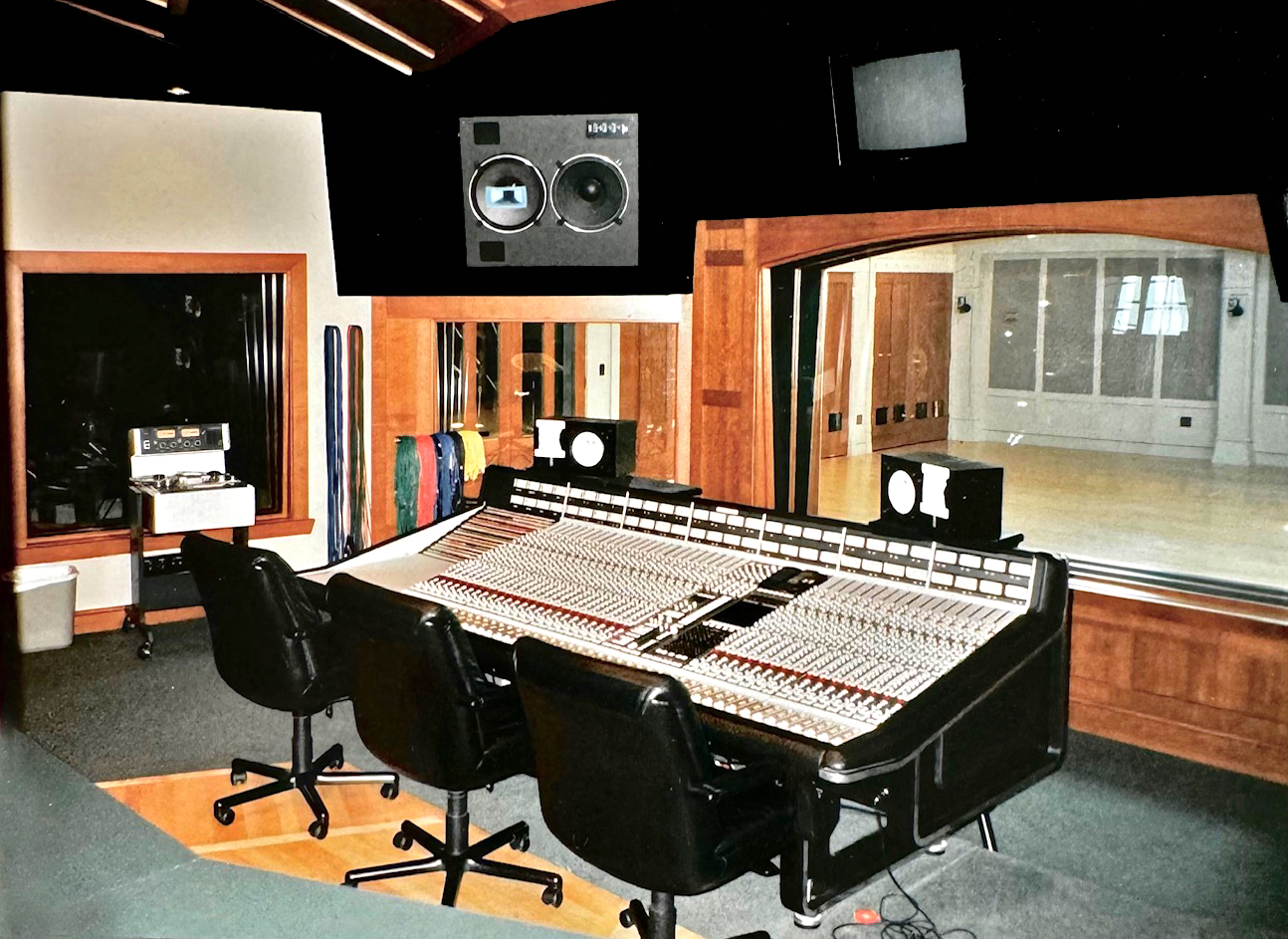 |
|||||||||||||||||
| Recording Room | ||||||||||||||||||
| 1. | 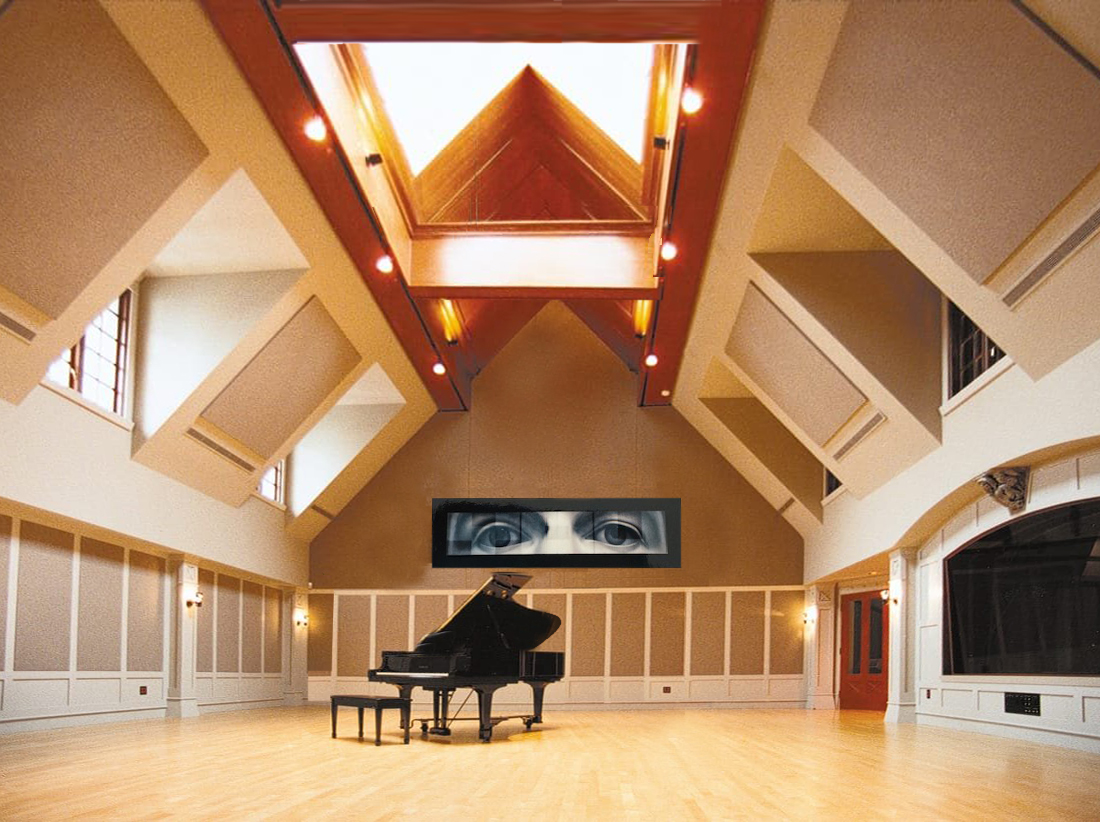 |
|||||||||||||||||
| Lounge Area | ||||||||||||||||||
| 1. |  |
|||||||||||||||||
| 2. | 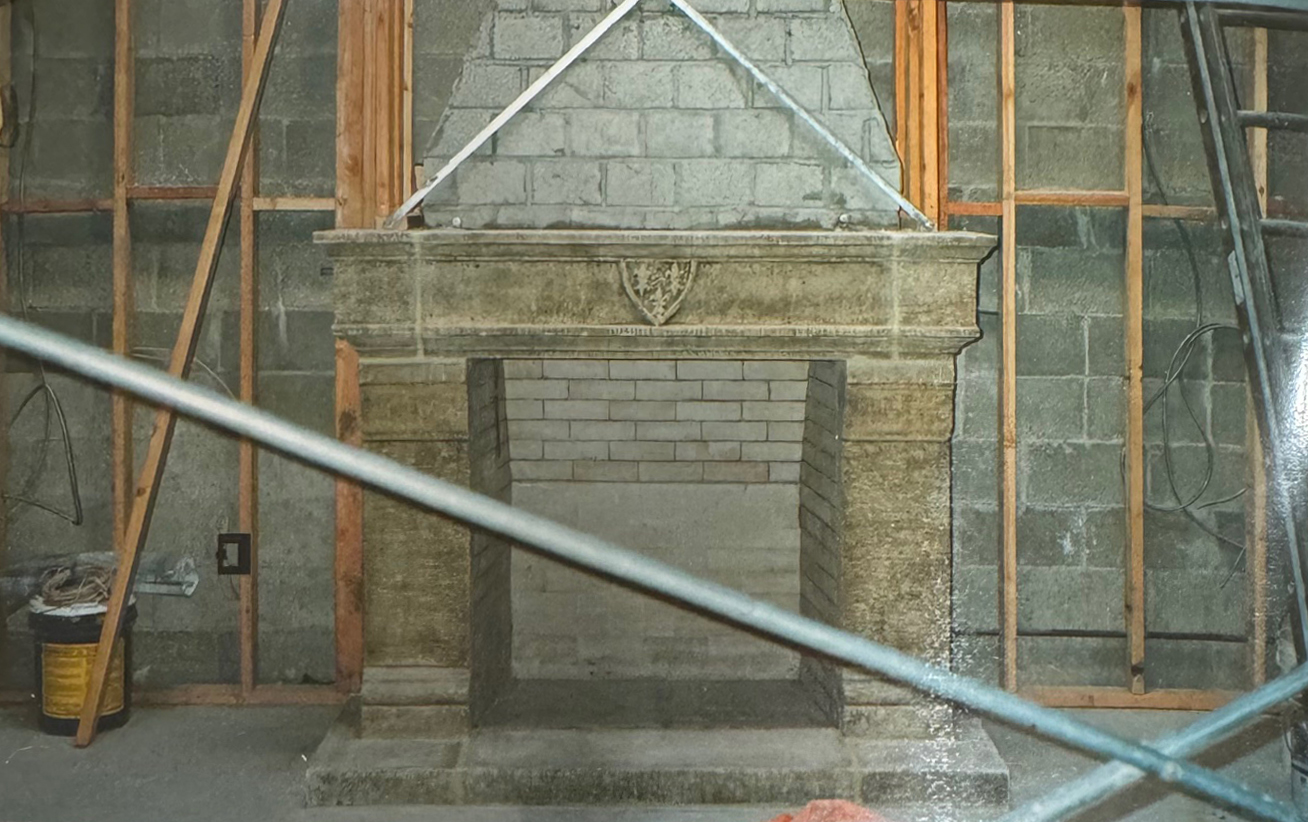 |
|||||||||||||||||
| 3. | 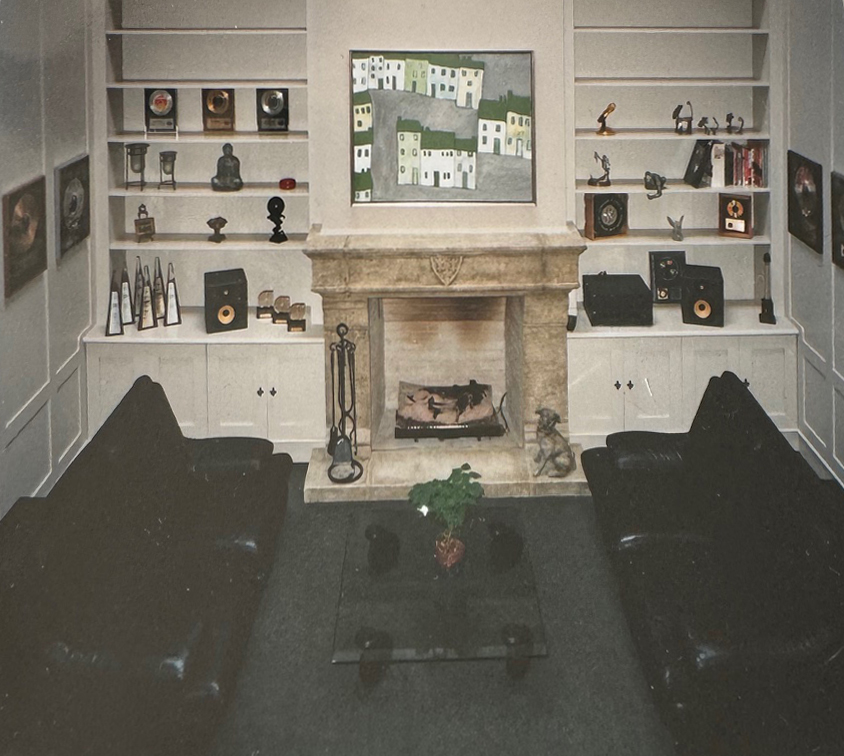 |
|||||||||||||||||
|
|
|||||